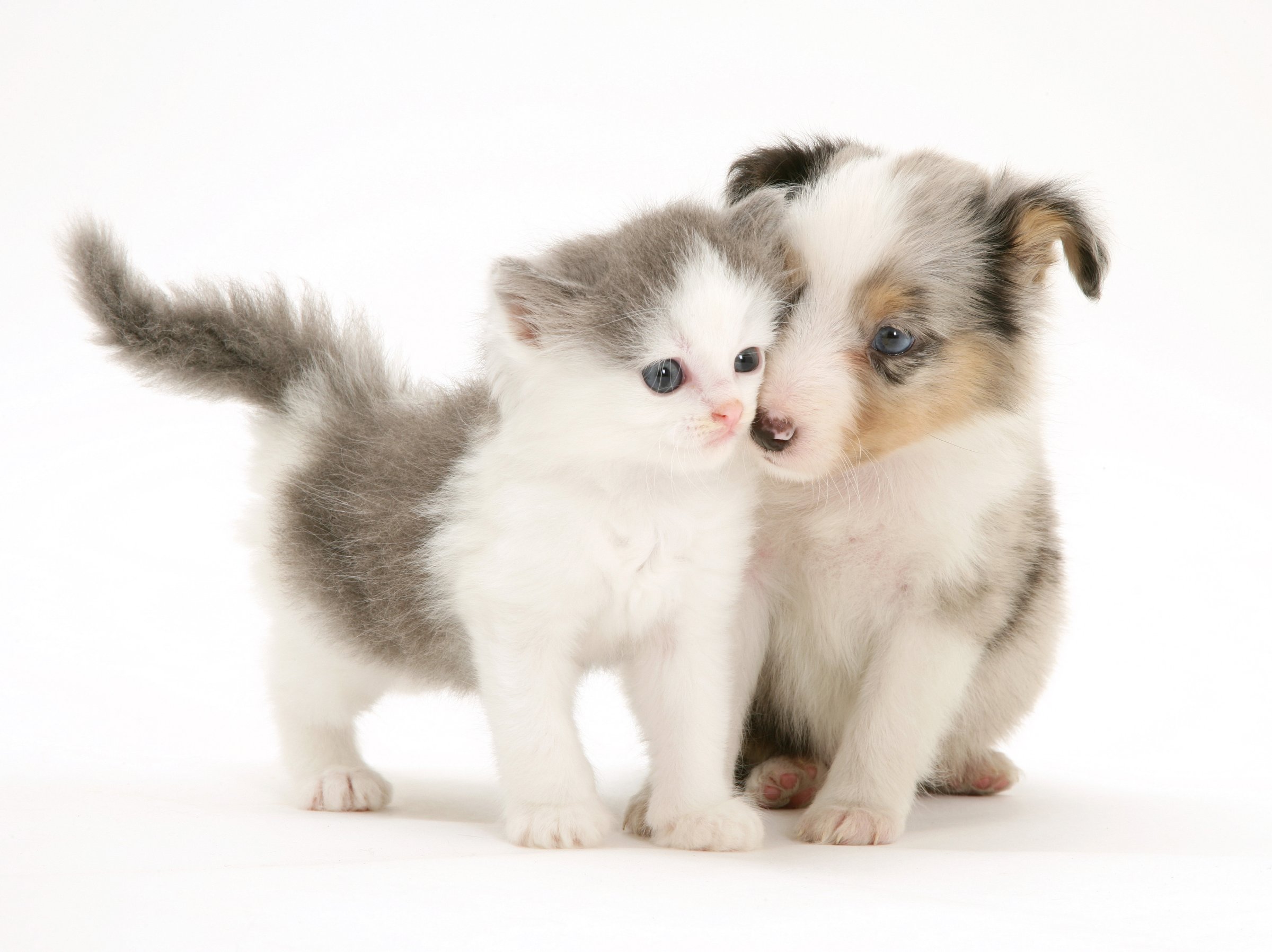
Couples who looked at images of puppies, babies and pizza, interspersed with photos of their spouse for six minutes every three days reported being more happily married after six weeks.
If you think this sounds preposterous and gimmicky — a whole study designed merely to go viral — you are not alone. The guy who did the research found it unlikely too. “I had similar skepticism myself, just based on my own experiences and existing theory of relationships,” says James McNulty, a psychology professor at Florida State University and lead author of the paper.
But the study actually had a pretty serious purpose. McNulty and his team of researchers were asked by officials at the Department of Defense if they could come up with any ideas to help the marriages of military personnel who were deployed in a stressful situations and separated from their spouses. (One study has shown that the likelihood of divorce among combat veterans is 62% higher than among other men.)
McNulty and his team decided to explore whether people could change their baseline, immediate feelings about their spouses. “People’s gut level feelings about their partners are very important,” says McNulty. They color your communications to your spouse. If you generally feel light and sunny about your life partner, your interactions with him or her will reflect that attitude. If you generally feel darker, then you tend to shut down or take offense more easily.
Gut level feelings are tricky to capture, however, especially if they’re negative. “People are not inclined to admit that, because they want to believe they’re with the right partner,” says McNulty. “But our research was showing that if you can capture that gut level feeling it seems to be an important predictor of relationships.”
One of the theories in psychology about how we develop likes and dislikes holds that it’s a process of associative learning. You find the smell of apple pie appealing because it reminds you of a parent’s cooking. Or you love a pair of pants because you always had such a great time in them. Or you a desire a certain car because your brain associates it with the attractive female standing next to it.
Relationships work the same way. “If you’re in a relationship and you have a lot of great experiences with your partner, you learn to associate your partner with those experiences and when you see their partner, you feel good,” says McNulty. The reverse is also true. Tough times with your partner, perhaps because he or she is stressed or frustrated every time you talk to him or her, as military personnel often are, can lead your brain to link your partner to negative things.
This is why therapists often advise couples to go on dates or try something new together, so that the brain can have some fun experiences to associate with their spouses and to cancel out the ones that are associated with drudgery, housework, diaper pails and the other vicissitudes of family life.
Eventually these feelings become automatic. McNulty wanted to see if that process could be used to marital advantage. “It turns out the brain doesn’t really know the difference between some types of associations,” he says, “and so we can kind of trick our minds into associating our partners with positive feelings.”
He and his team of researchers asked 144 couples to look at a stream of photos online every three days for six weeks. Participants were told to note whenever a romantic photo of a wedding or a couple holding hands came up, but really they were being tested for whether brains could be “tricked” into feeling more positively towards a husband or wife.
For some viewers, a photo of their spouse would come up alongside a neutral image, like a button. For the others, their partner’s photo would come up next to a happy picture: a fluffy animal, an adorable child, a delicious food, along with the word wonderful. Every two weeks the researchers would do a gut-check on the participants to see what they associated their spouses with: happy thoughts or sad ones? Those who got the positive image associated their spouse with more positive things as the experiment went on. More importantly, says the study which was published in Psychological Science, a journal of the Association for Psychological Science, they reported feeling better about their marriages.
It appeared that the brain learned to like the spouse, which led to the couple having more positive interactions which led to marriage being happier. Alas, McNulty doesn’t feel that the effect is powerful for the research to be developed into a marriage-saving app, in which you look at photos of baby koalas and your spouse at the same time and live happily ever after.
But he and his team are applying for more funding to see how long the effect might last (they only collected data for two weeks after the study finished), and whether the effect would be stronger if the photos were curated for each person’s individual tastes. These participants weren’t necessarily in marital strife; McNulty would also like to know if you could train your brain away from serious negative affect towards a life partner, even when he or she wasn’t there.
More Must-Reads From TIME
- The 100 Most Influential People of 2024
- The Revolution of Yulia Navalnaya
- 6 Compliments That Land Every Time
- What's the Deal With the Bitcoin Halving?
- If You're Dating Right Now , You're Brave: Column
- The AI That Could Heal a Divided Internet
- Fallout Is a Brilliant Model for the Future of Video Game Adaptations
- Want Weekly Recs on What to Watch, Read, and More? Sign Up for Worth Your Time
Contact us at letters@time.com